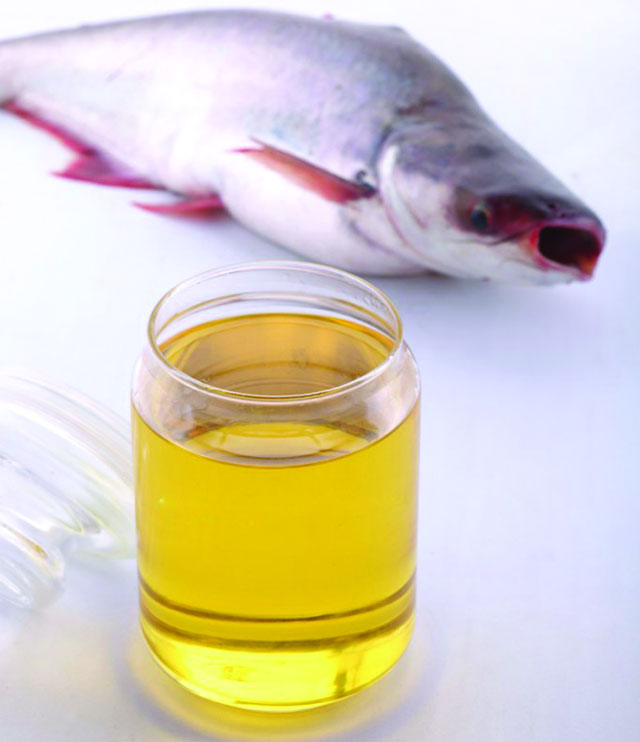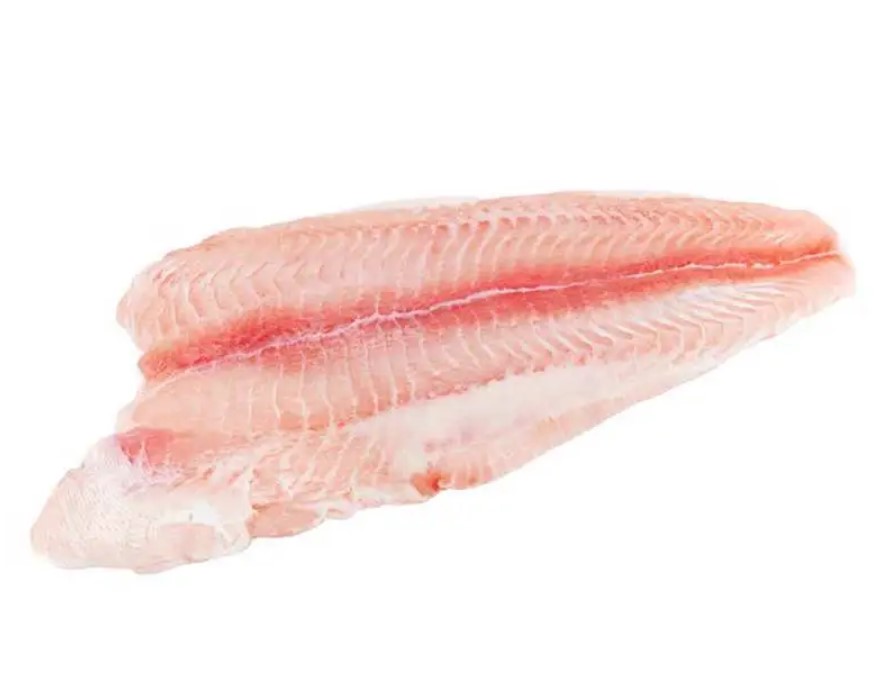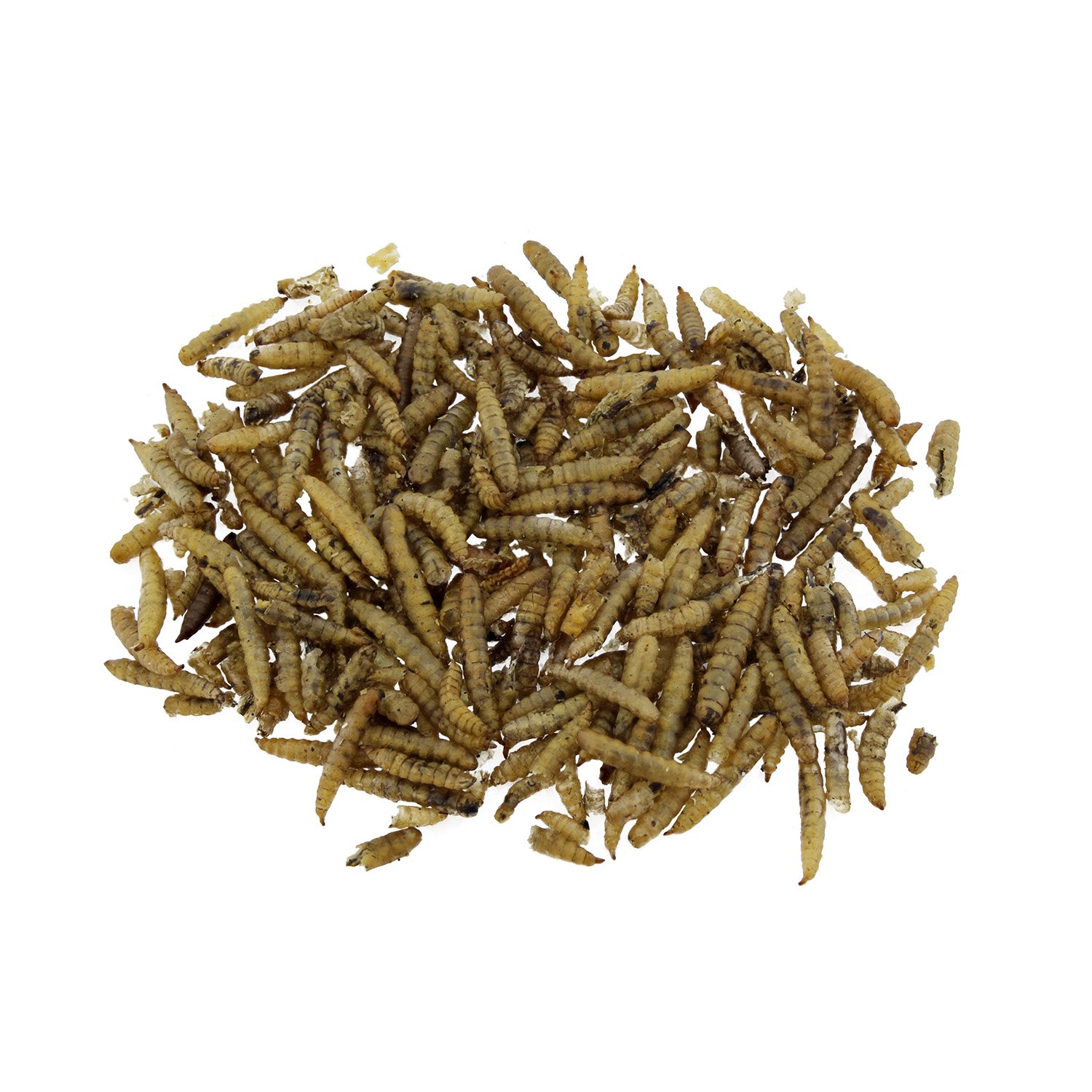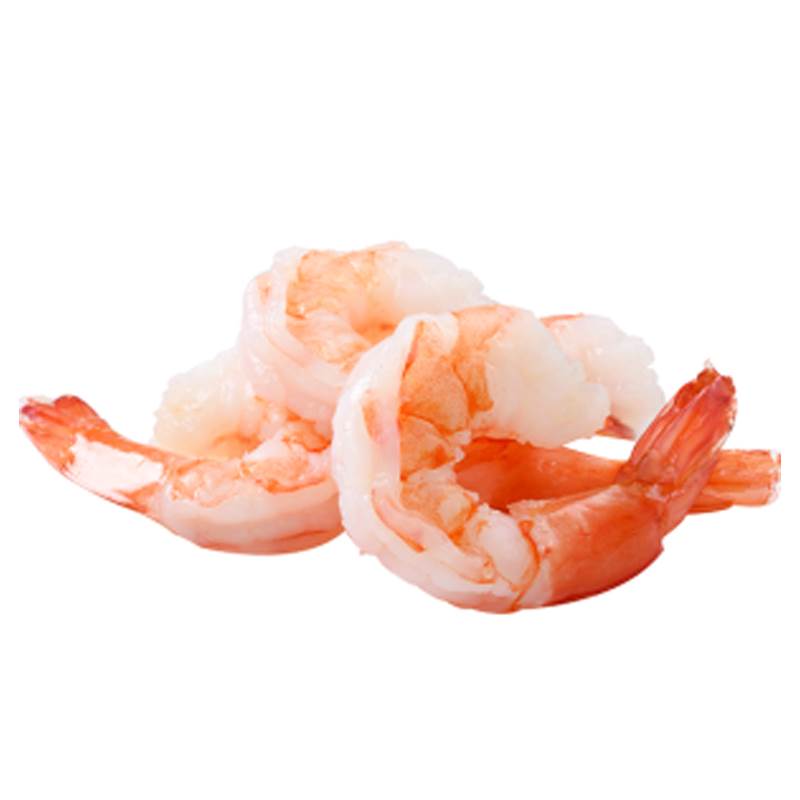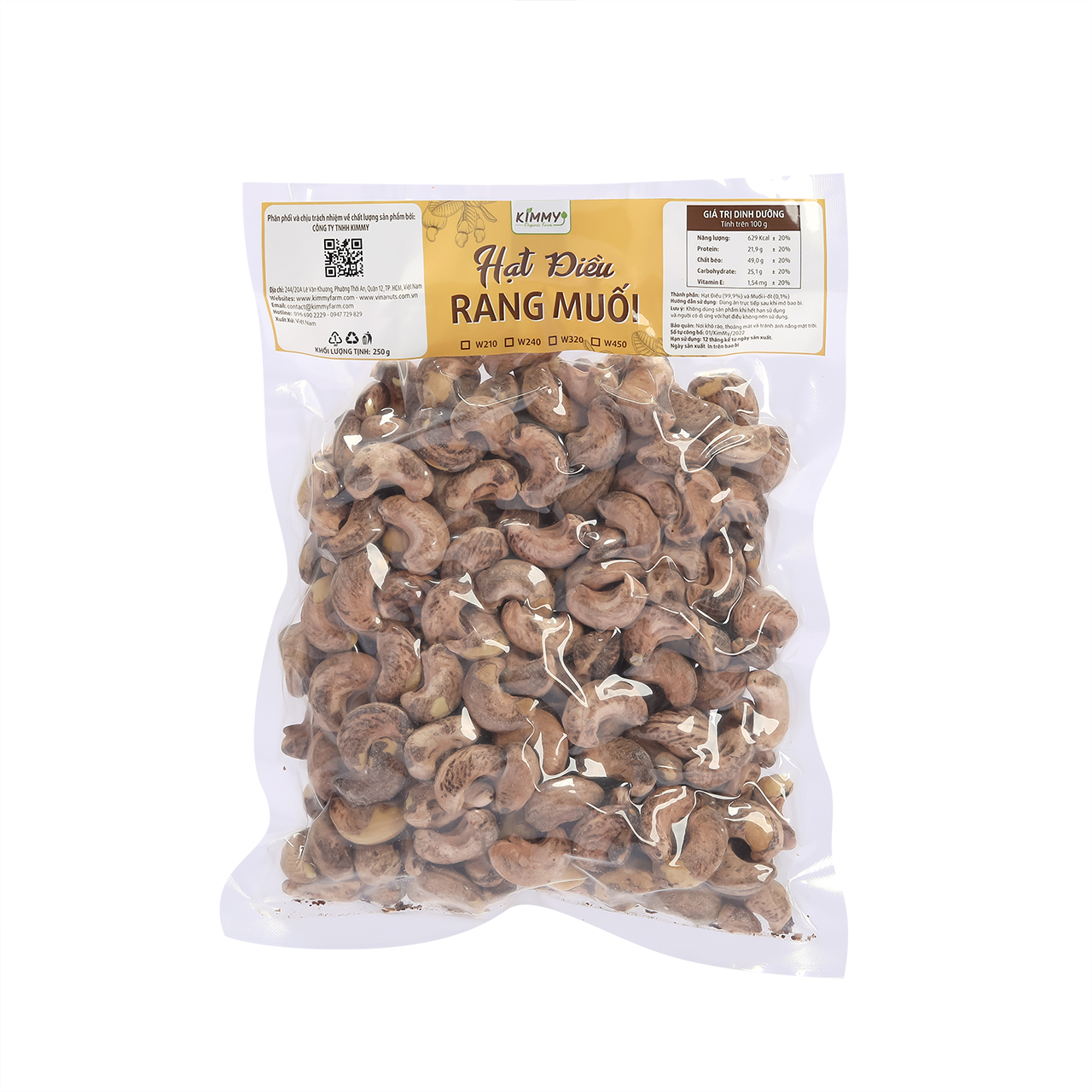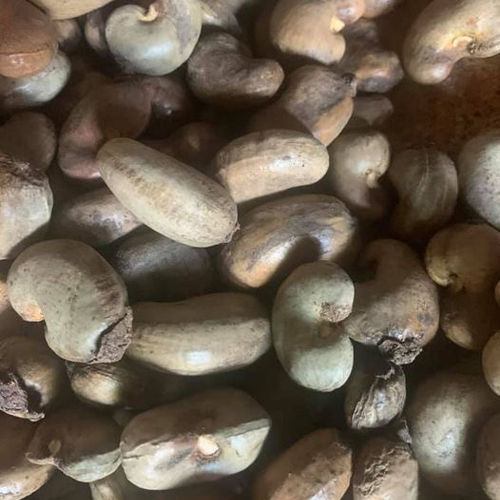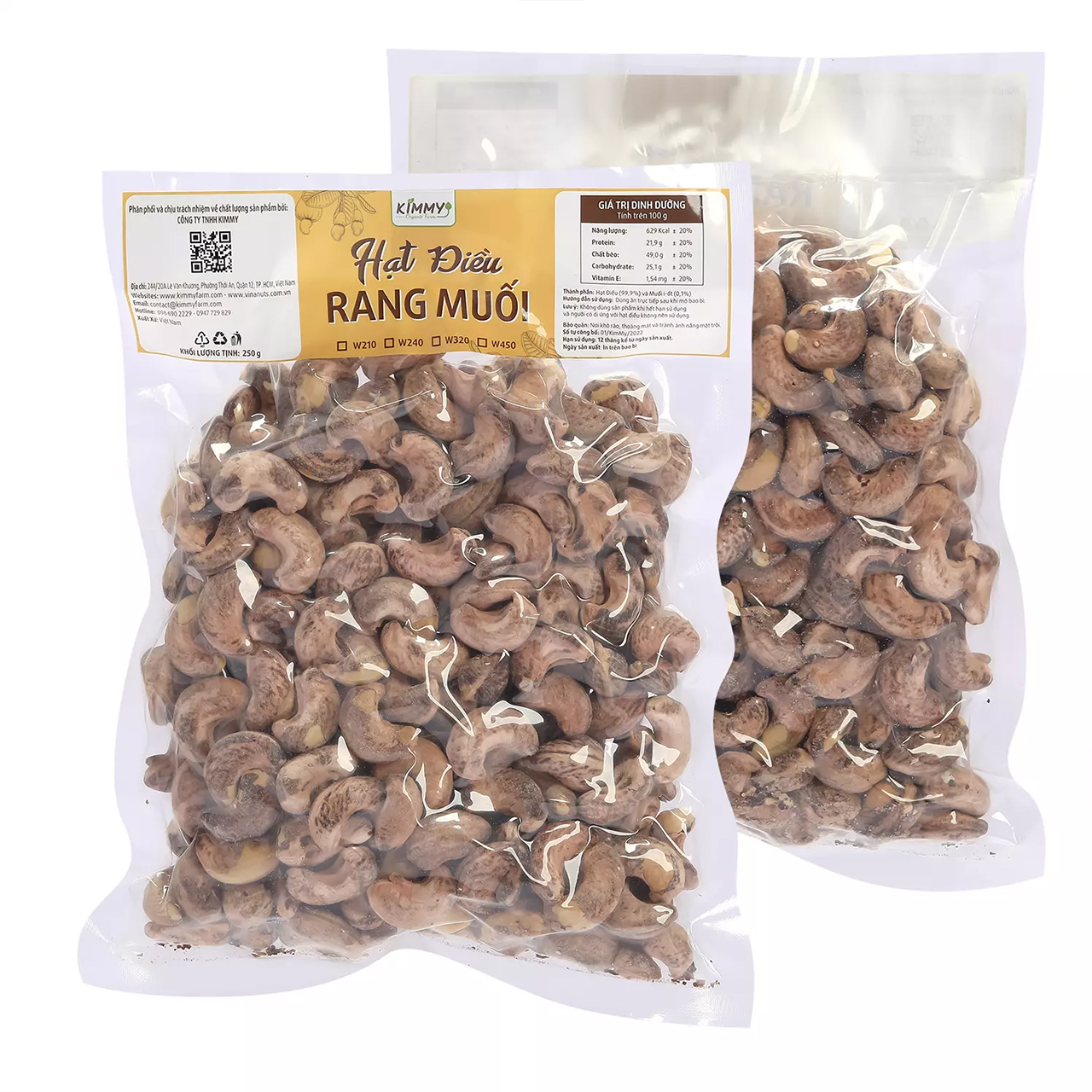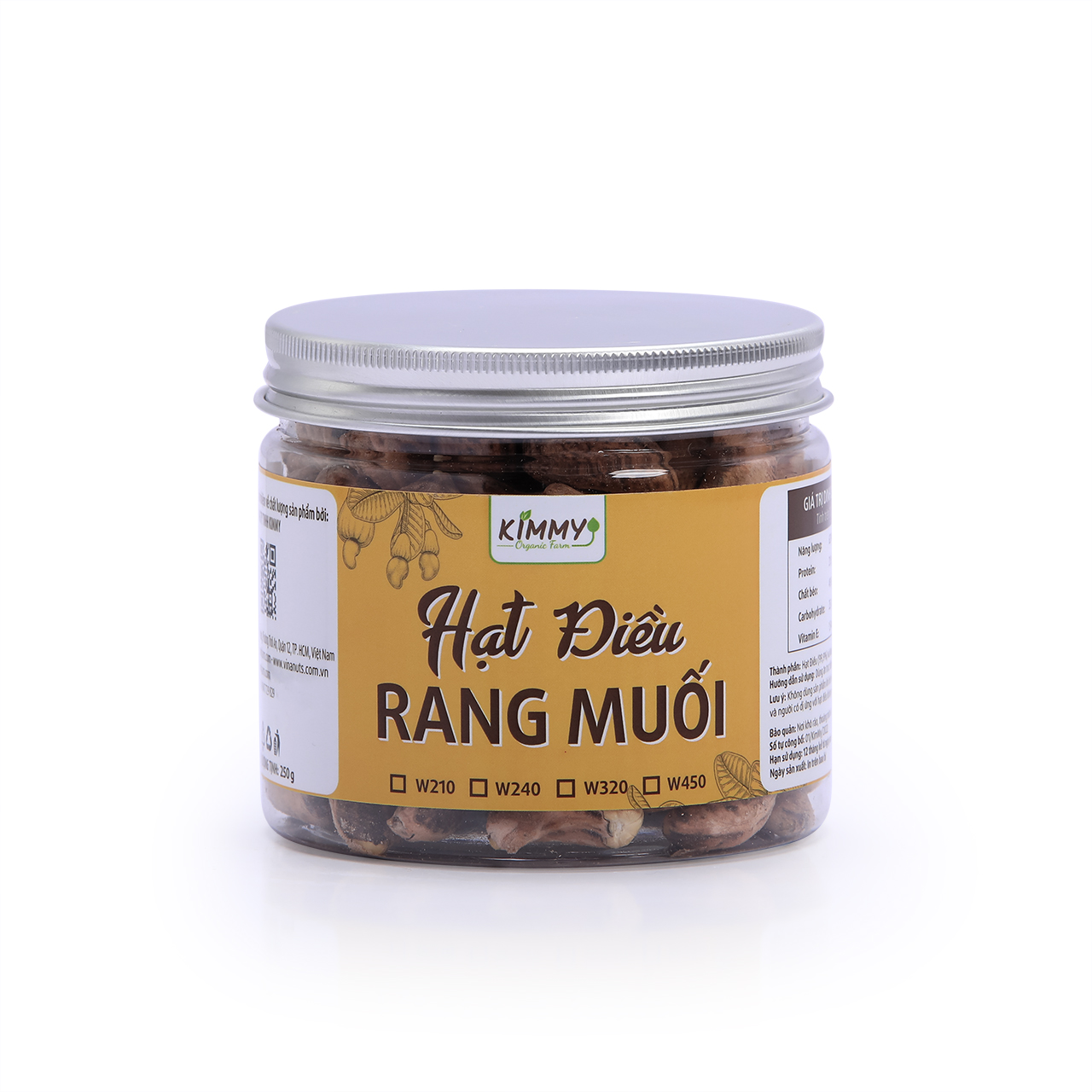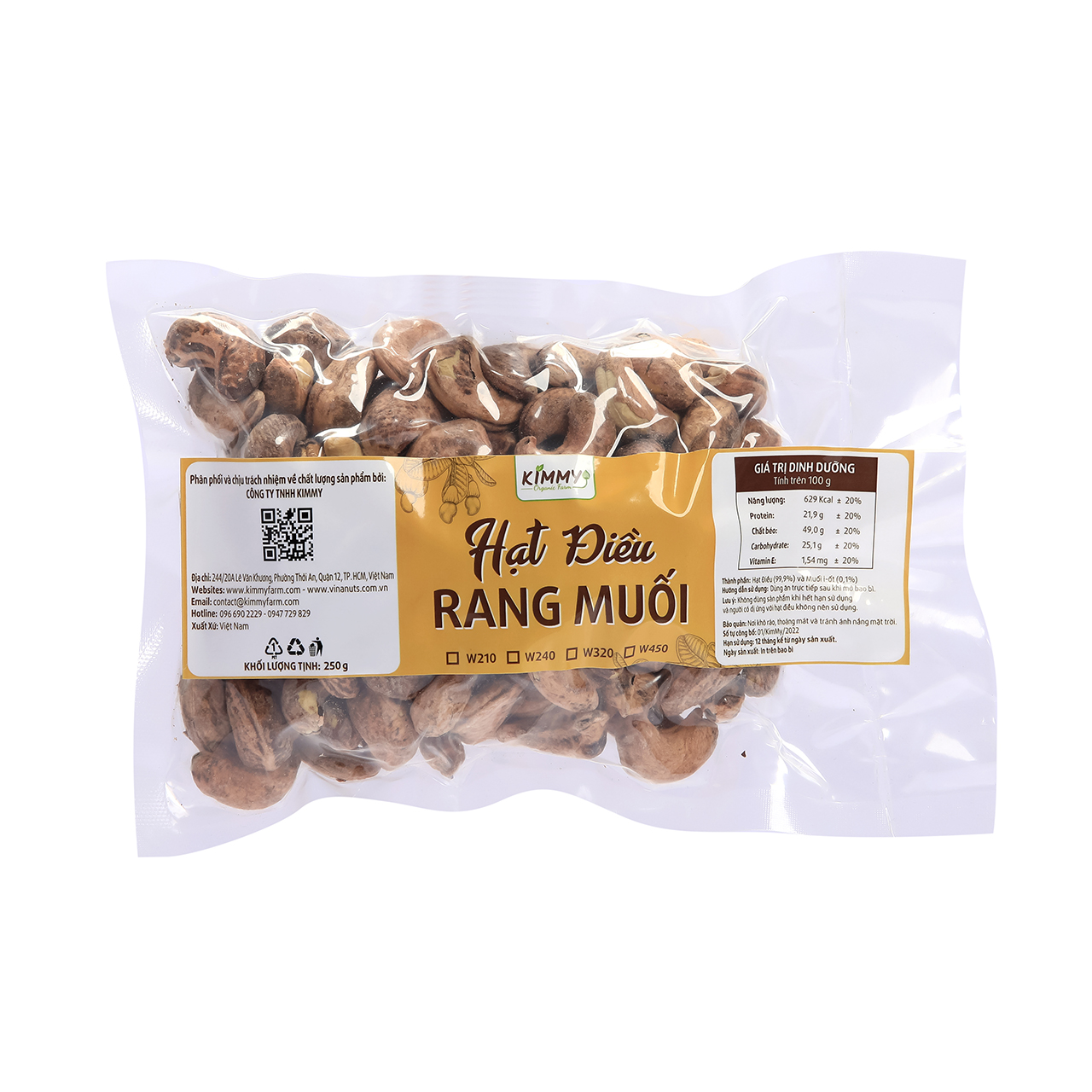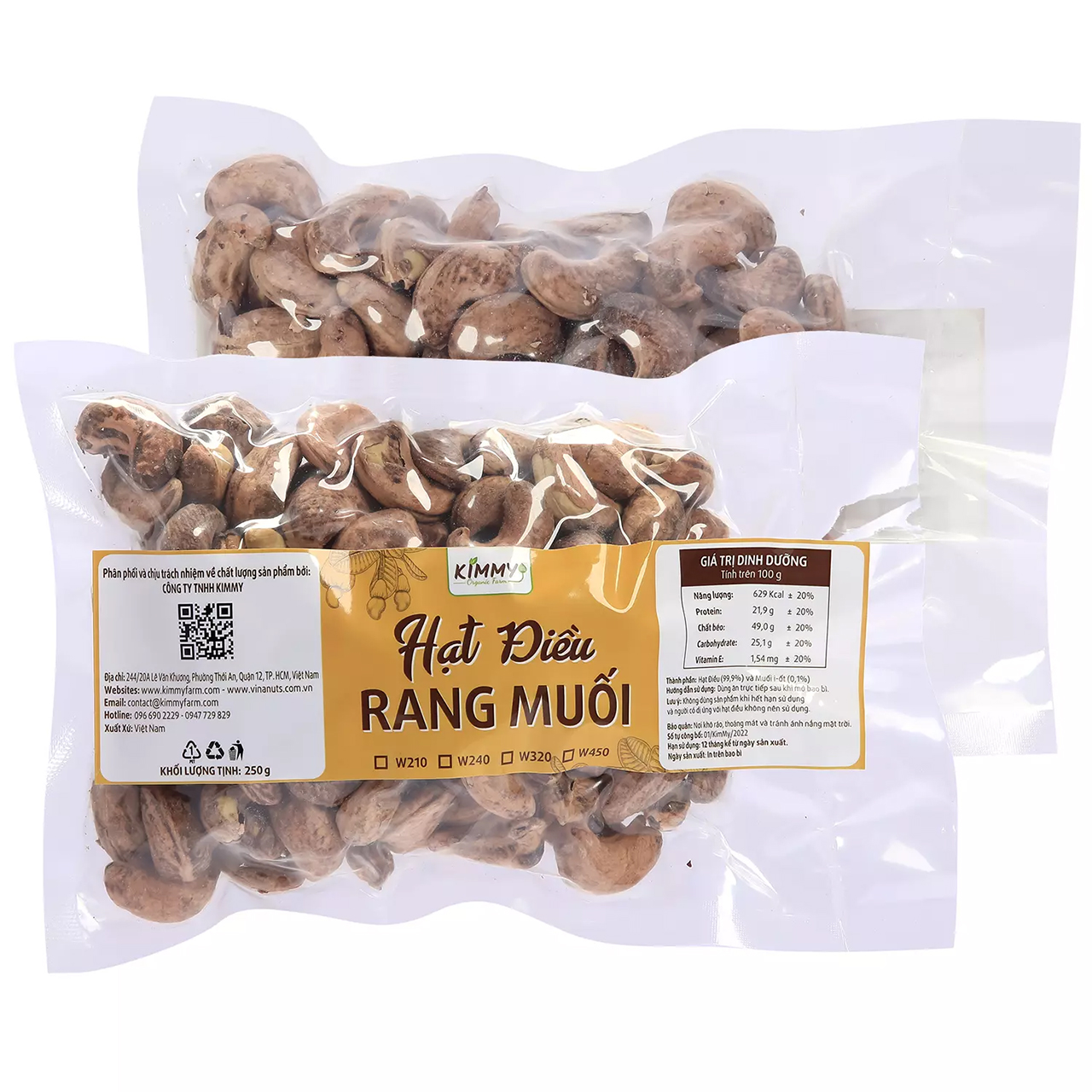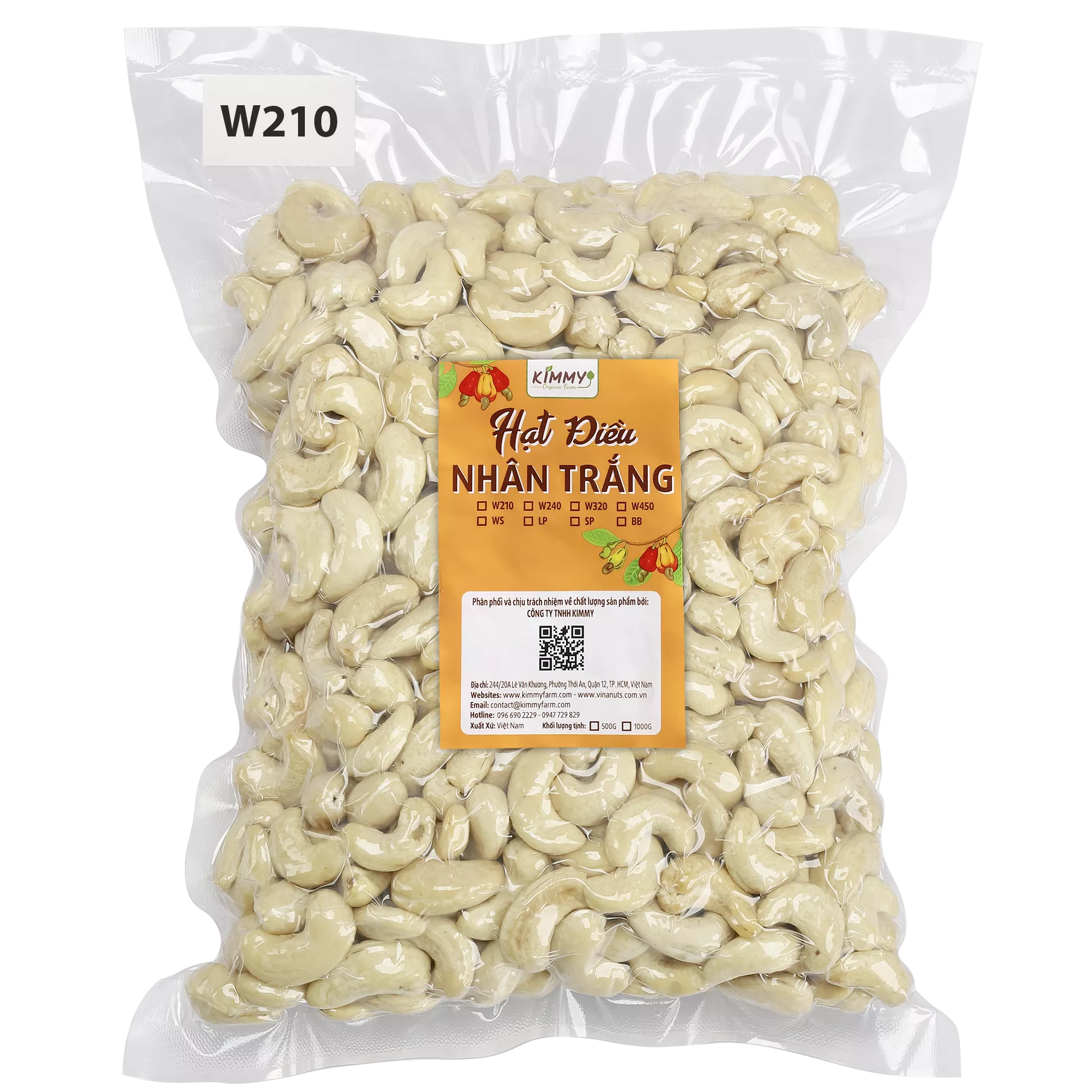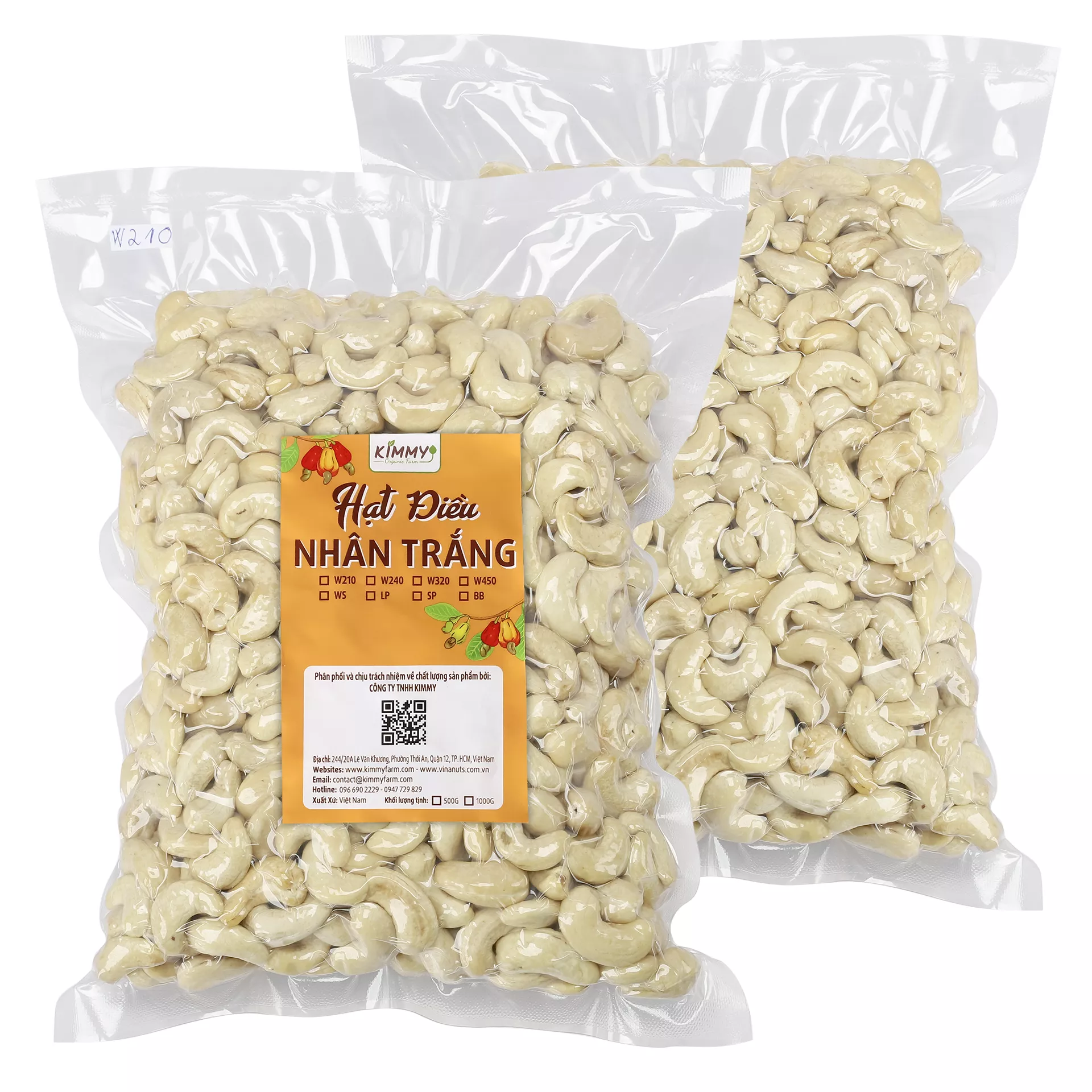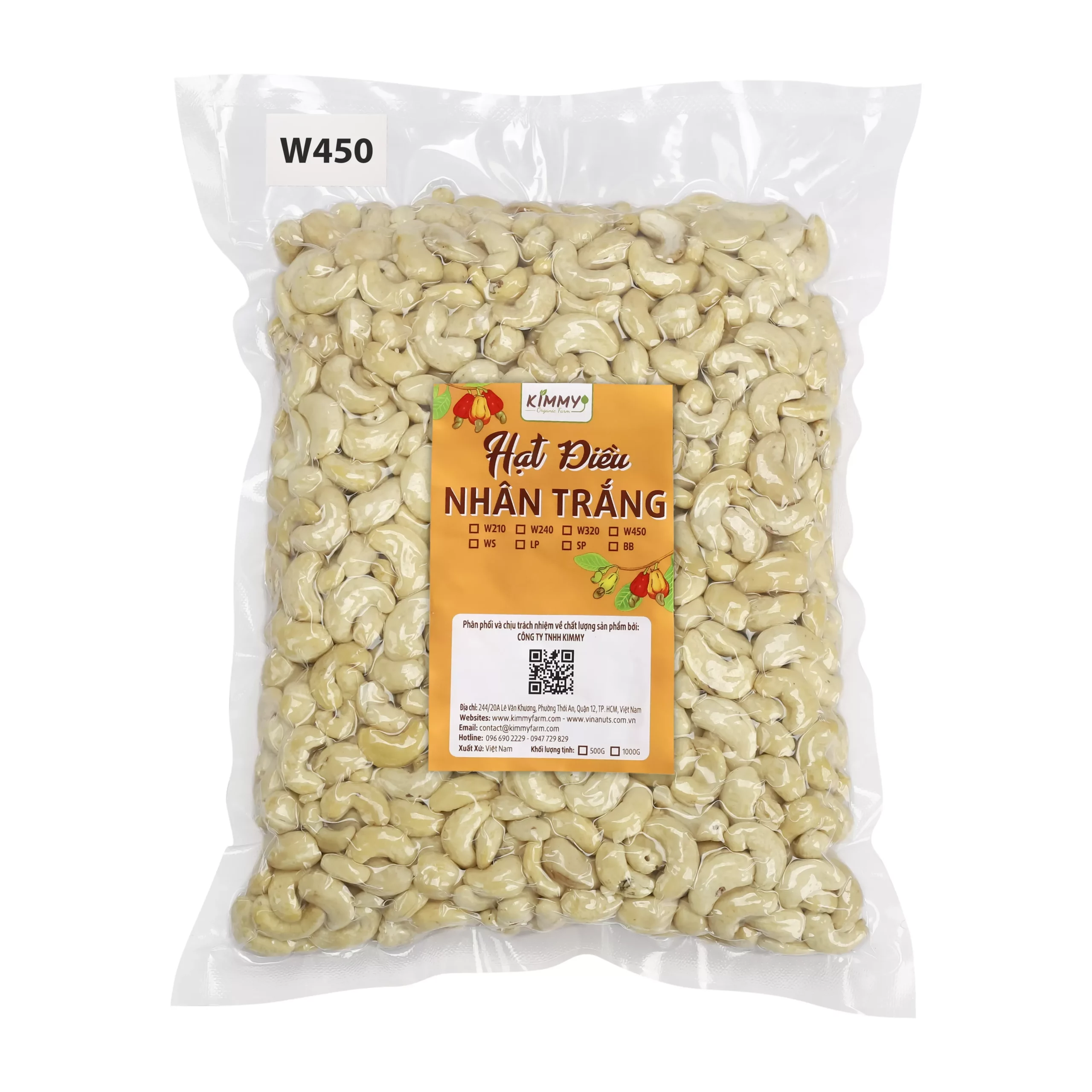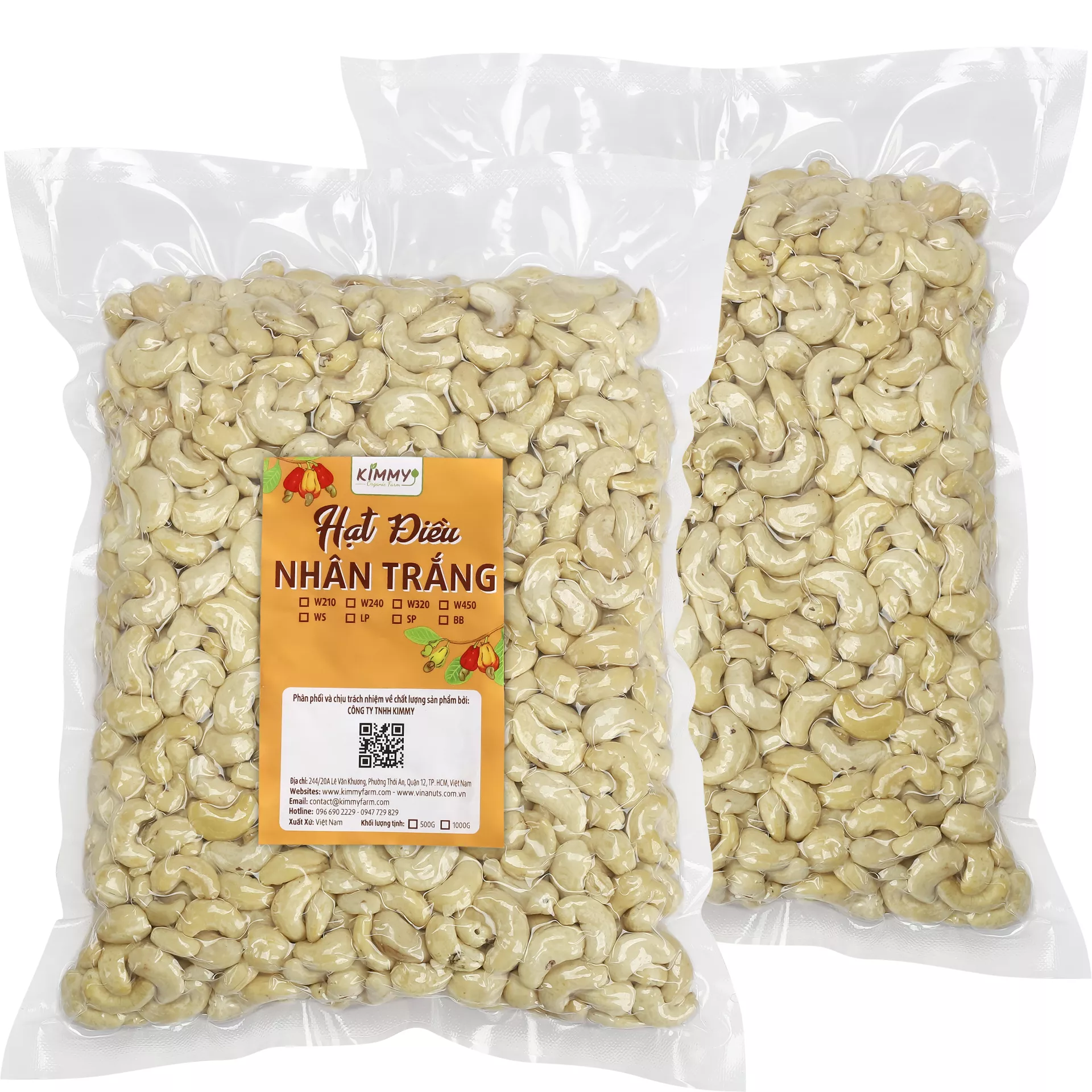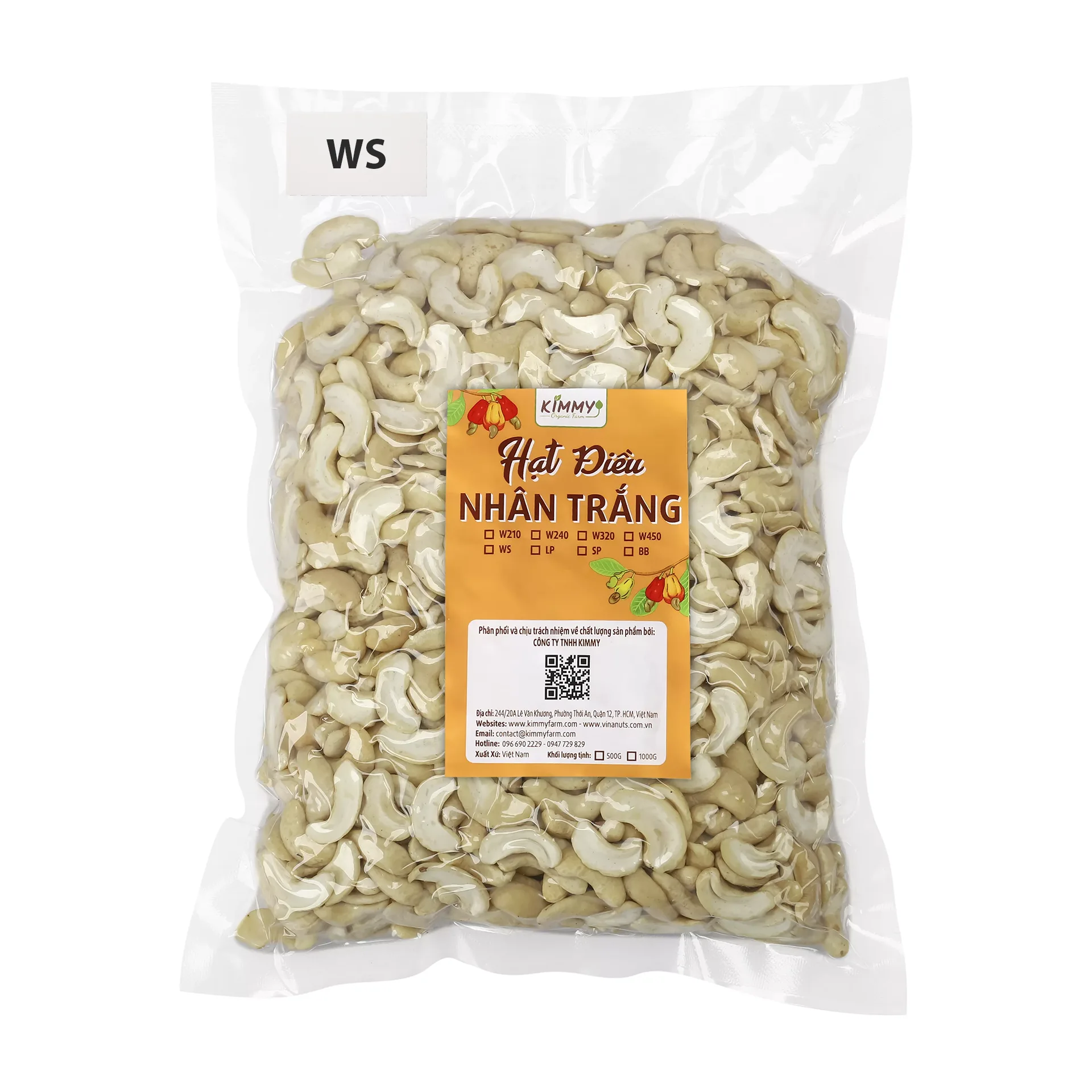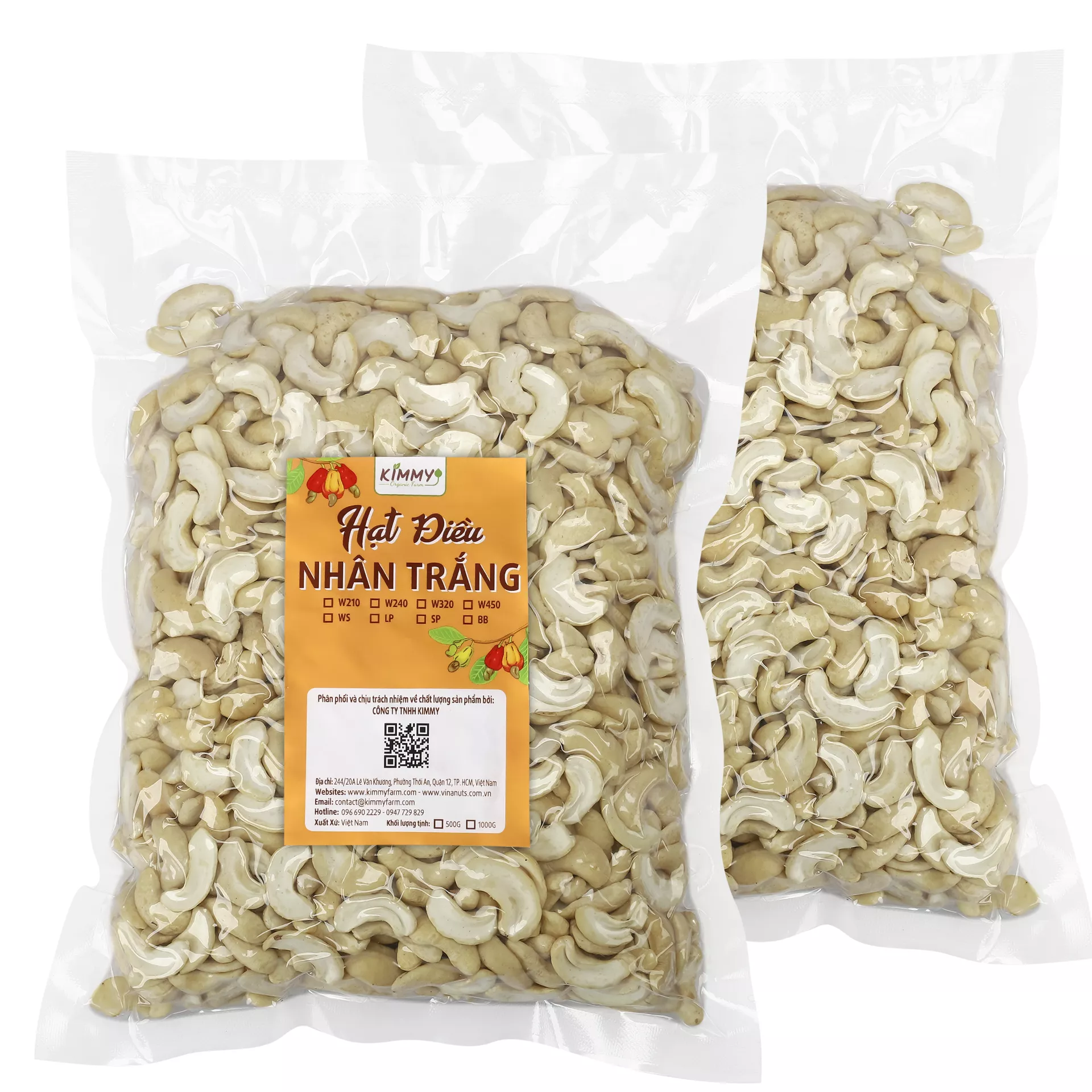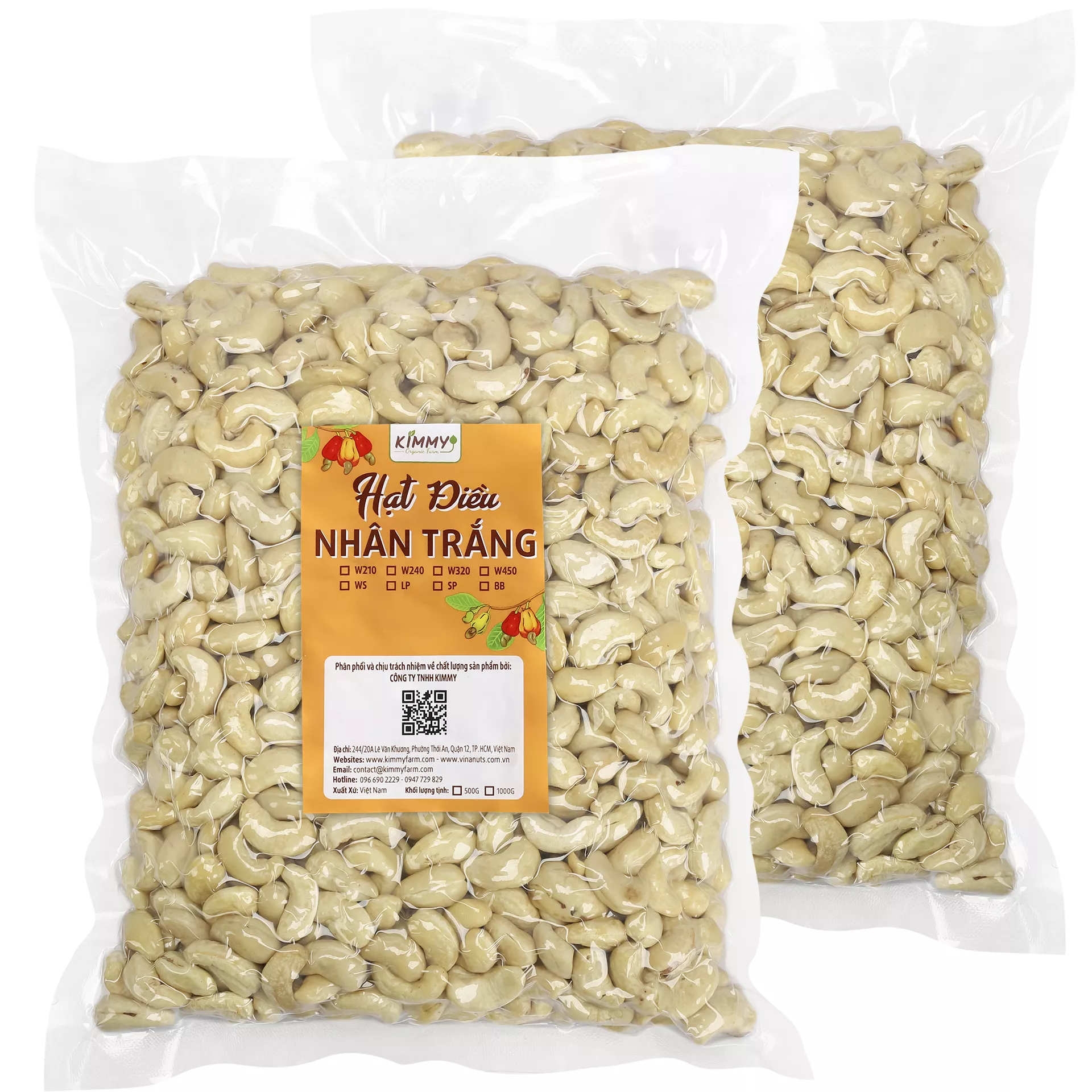Most people know that pangasius (also known as basa fish) is packed with high-quality protein, omega-3, omega-6, and other essential nutrients that help reduce the risk of heart disease, brain disorders, and even cancer.
But not everyone knows how to handle, prepare, or store the fish at home properly. Questions like “How do I remove the fishy smell?” or “How can I thaw frozen fish without ruining the texture?” are common—and if you’ve ever wondered the same, this article is just for you.
How to Choose Fresh Pangasius Fish
If you’re buying whole fish, check the eyes first—they should be clear, shiny, and full, not cloudy or sunken. Next, inspect the skin and scales. Fresh fish will have bright, intact skin with a firm, elastic texture when pressed. Avoid fish with dull skin or mushy flesh.
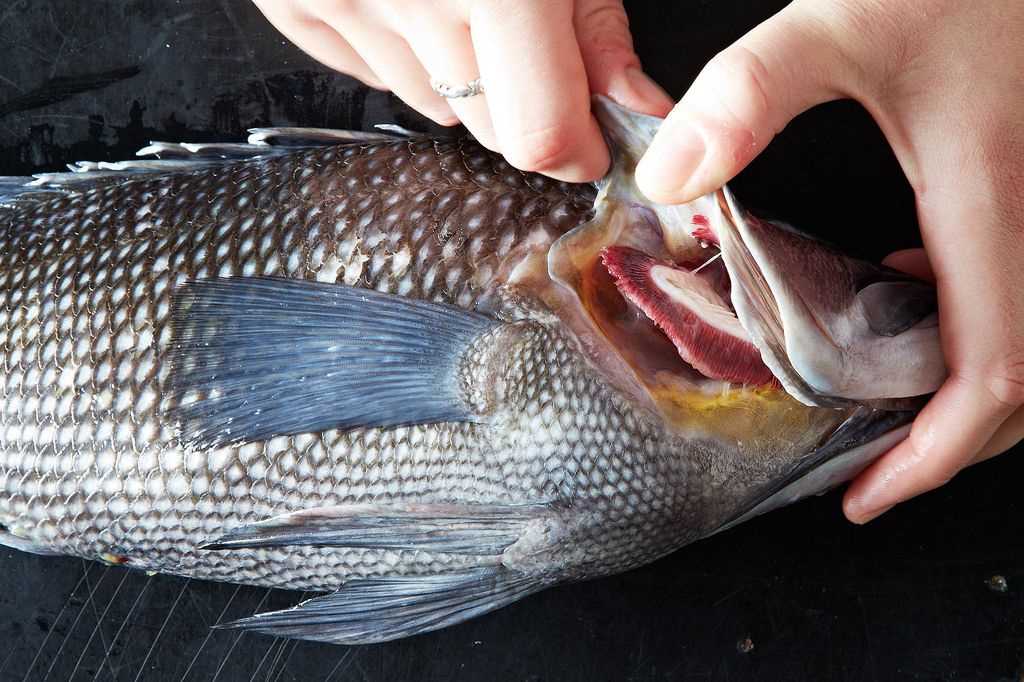
Check the gills—they should be bright red and clean. If they’re brownish or slimy, that’s a red flag. For fillets, look for fish that is bright in color, firm to the touch, and has a clean smell. Avoid anything that feels soft, slimy, or smells overly fishy.
How to Clean Pangasius Fish at Home
Step 1: Wash Off the Slime
Pangasius is a type of catfish with smooth, slimy skin. To clean it:
- Use salt or ash to scrub off the slime.
- Alternatively, rinse with warm water and gently scrape the skin to remove odors.
For scaly fish like tilapia or salmon, use a knife to scale the fish under running water.

Step 2: Clean Out the Belly
Once the slime is gone, remove the guts, fins, and bloodline inside the belly. Cleaning this thoroughly helps eliminate any remaining smell and ensures your dish stays fresh.
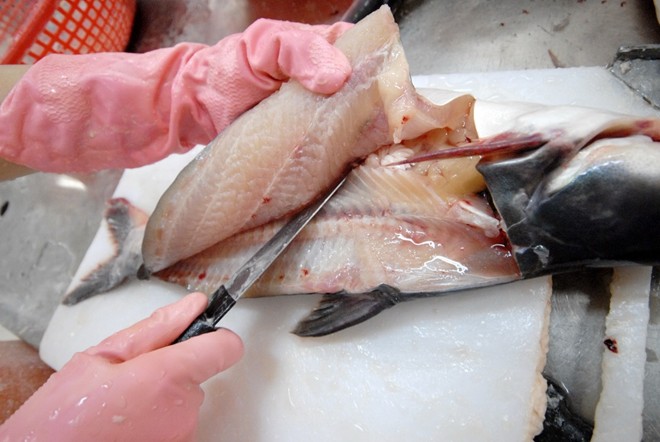
How to Fillet Pangasius
Filleting your fish not only makes it easier to store—it also makes cooking faster. 6 Steps:
- Place the fish belly-side down, with the dorsal fin facing you.
- Using a sharp, flexible knife, cut just behind the gills and pectoral fin down to the spine—but don’t cut all the way through.
- Turn the knife and run it along the spine to separate the flesh.
- Gently lift the fillet as you cut, keeping the blade close to the bones to get as much meat as possible.
- Peel off the skin if you prefer skinless fillets (though grilled fish skin can be delicious).
- Rinse under cold water, pat dry with paper towels, and repeat for the other side.
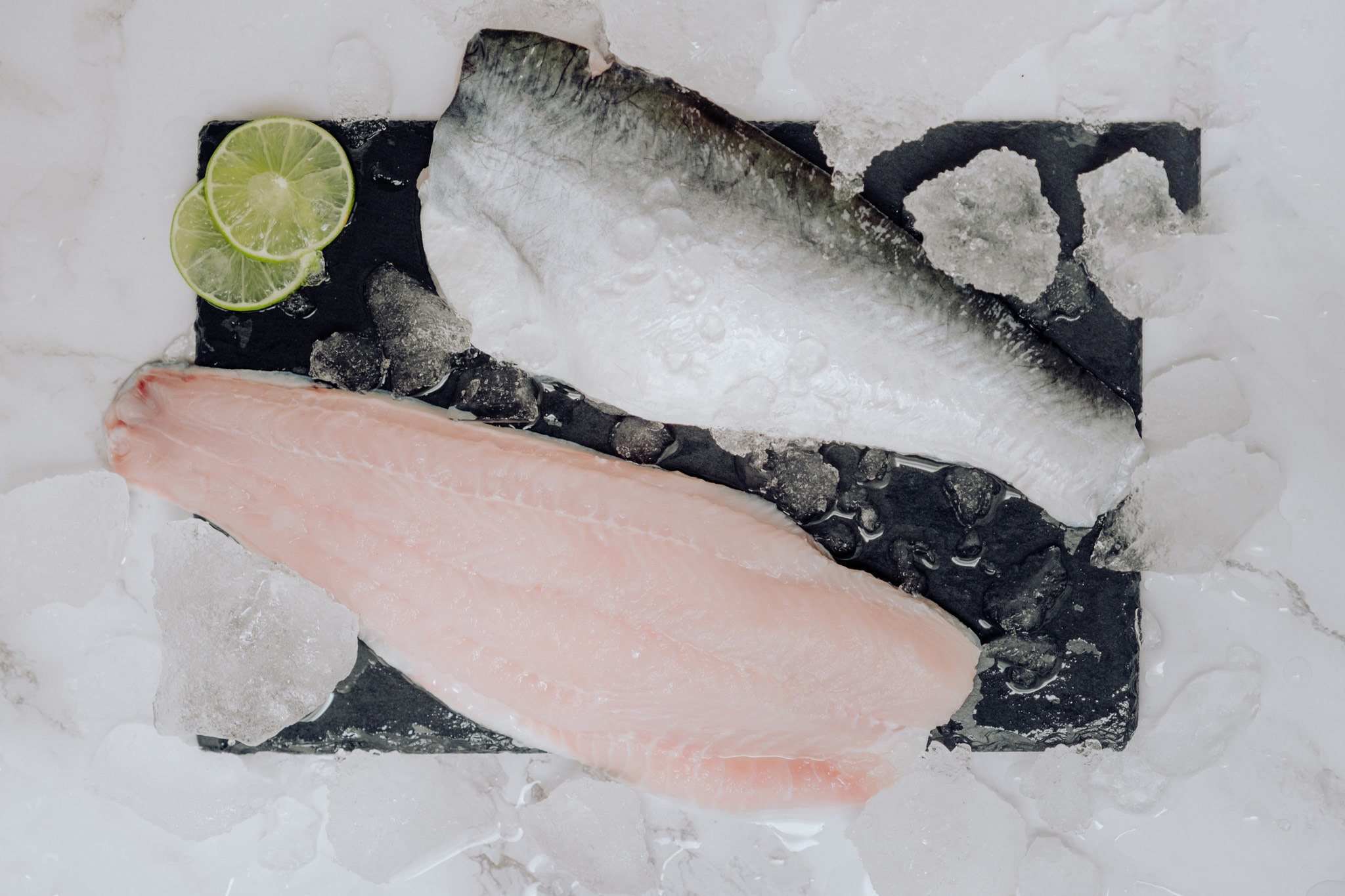
After Filleting tips to Remove Fishy Odor
After filleting:
- Soak the fillets in salt water or rice water for about 15 minutes, then rinse.
- Use diluted lemon juice or vinegar to reduce the smell even more.
- White cooking wine also works! Soak the fish for 2 minutes, then pat dry before cooking.
How to Store Pangasius for Maximum Freshness
Proper storage is key to maintaining the taste and texture of fish:
Refrigeration (Short-Term):
- Keep the fish at 40°F (4°C) or lower.
- Fresh fish can last up to 3 days depending on your fridge’s temperature and the fish’s original quality.
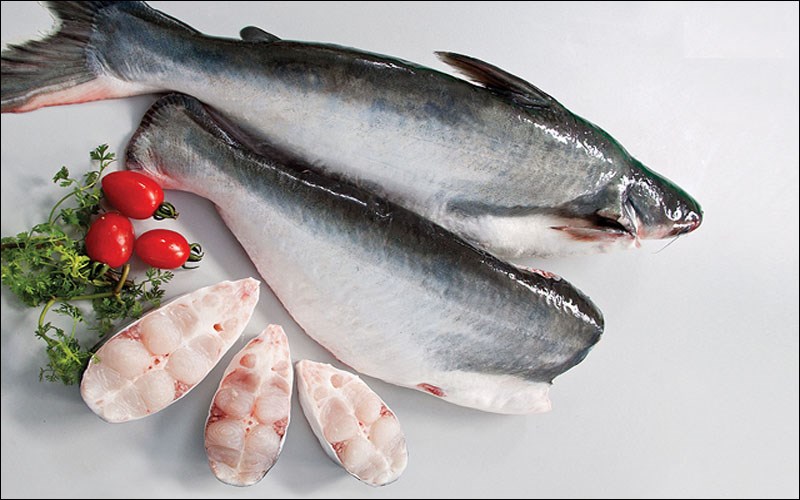
Freezing (Long-Term):
- Rub salt into the fish (inside and out) before freezing to help preserve flavor.
- You can also marinate fillets with herbs and spices, freeze them, or even sun-dry them to extend shelf life.
Sun-dried fish not only lasts longer—it’s also a great way to enjoy traditional recipes with a twist!
Final Note
With the right prep and storage, pangasius can be a healthy and versatile addition to your diet. Whether grilled, fried, stewed, or filleted for a salad, knowing how to handle it correctly makes all the difference.

Chúng tôi là một thương hiệu chuyên sản xuất, thương mai và xuất khẩu các mặt hàng nông sản của Việt Nam. Chúng tôi có vùng trồng điều & nhà máy điều ở Bình Phước, trại nuôi ruồi lính đen ở Tây Ninh. Các mặt hàng xuất khẩu chính của Công ty là: hạt điều, hạt điều nhân, ruồi lính đen,… từ Việt Nam.


